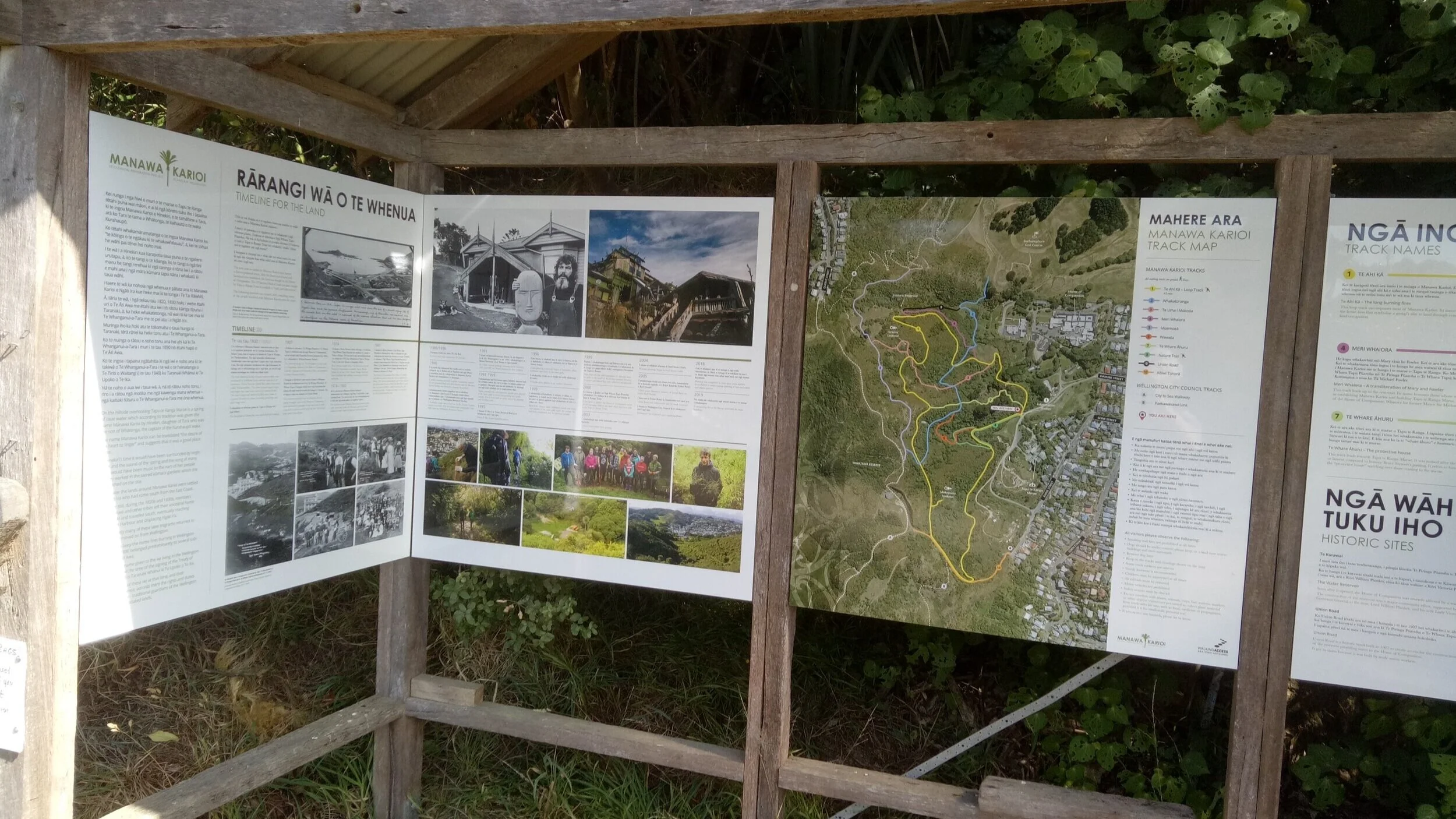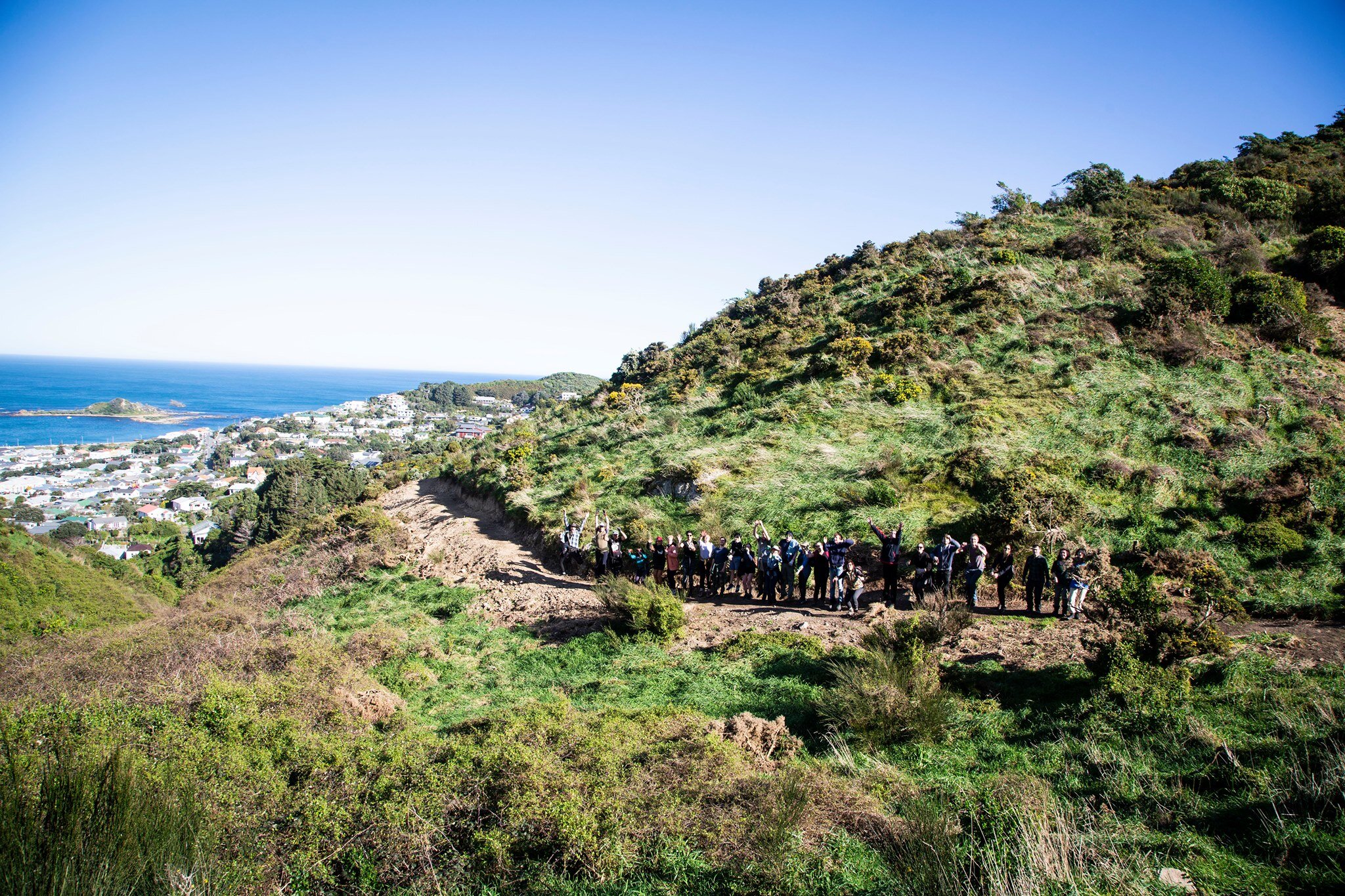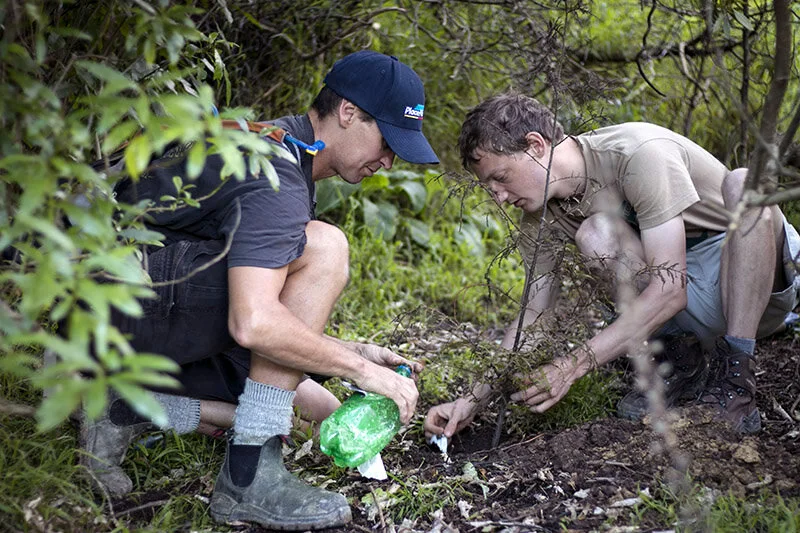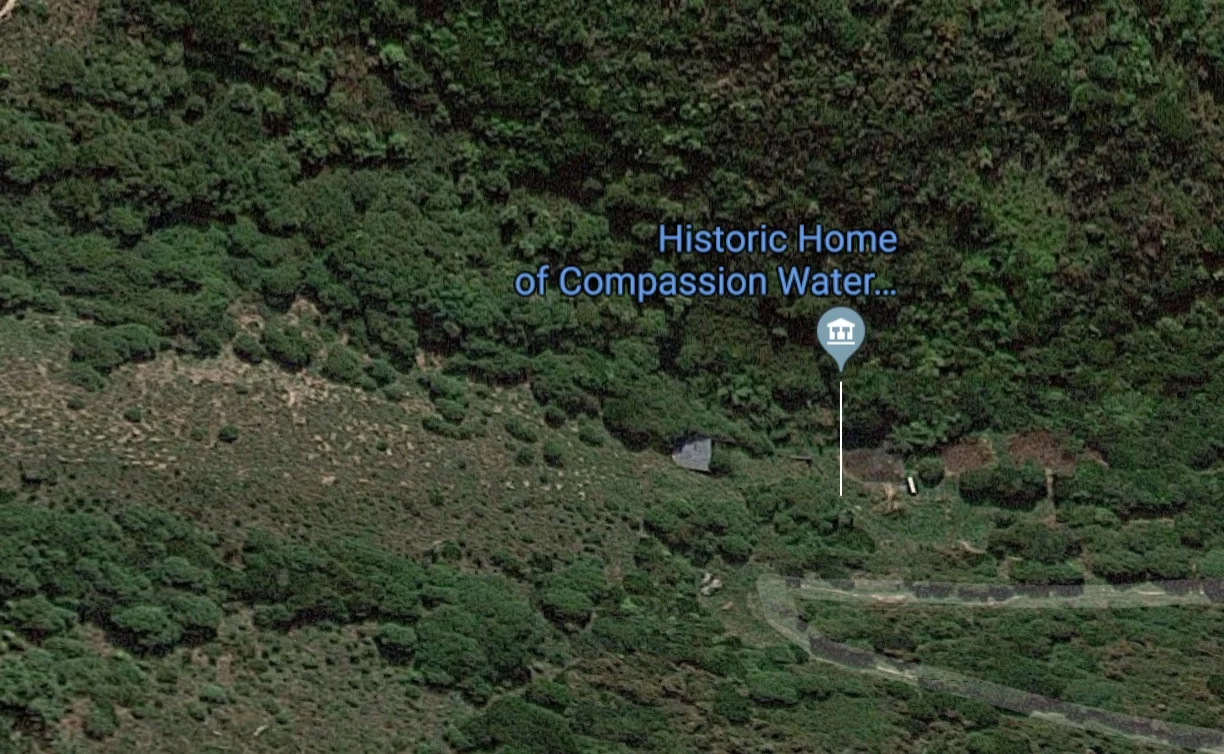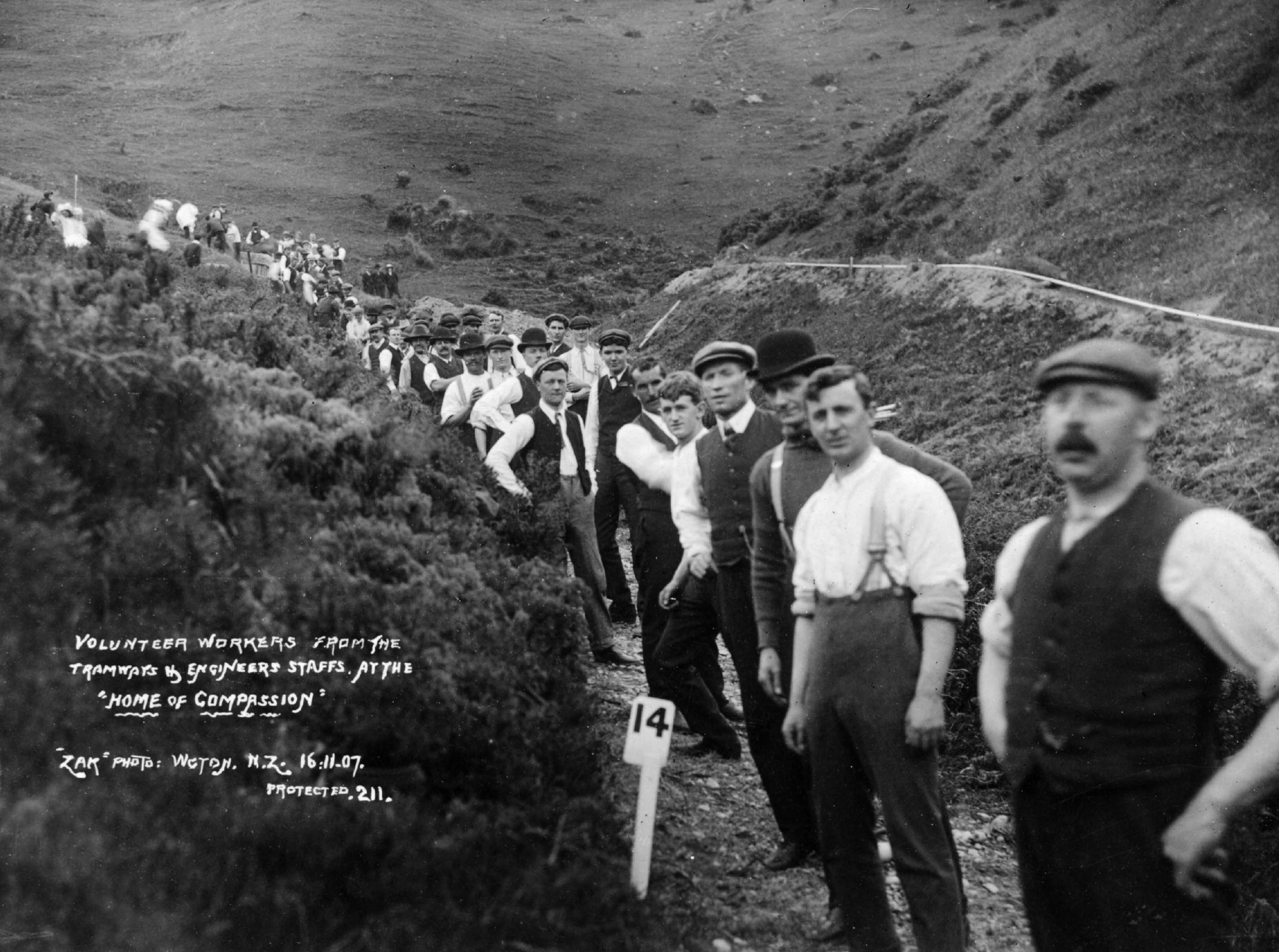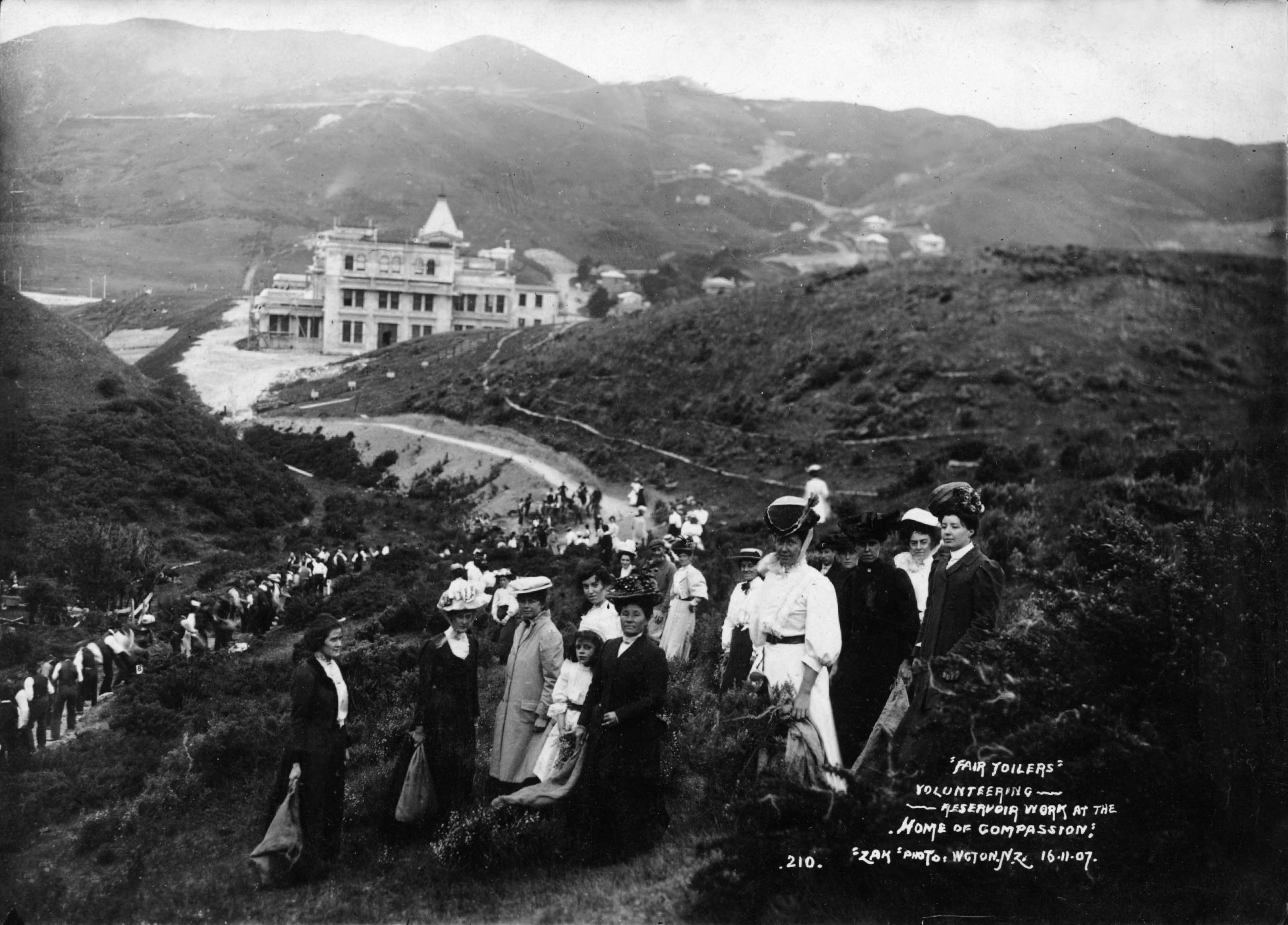Signage project
During the year Ness Patea again put a huge amount of work into pulling together the text and images for the new map panels, the new panels for the Information Shelter, the new panels for Seed Source Gully, the new panels for the reservoir and the track markers.
Two members of the Wellington MENZ Shed helped me install map panels at each of the six entrances to Manawa Karioi and at the reservoir. Various volunteers helped me install the new panels in the Information Shelter, one of the Seed Source Gully panels and all the track markers.
Two Seed Source Gully panels, two ‘Put your dog on a lead’ signs and the new reservoir panels are still to be installed.
In 2018 the Walking Access Commission approved a grant of $5000 towards our signage project and feedback from the Commission on the completed work was very complimentary.
Also, a number of us have received very positive feedback on the map, the information panels and the track signs from people we have met around Manawa Karioi.
Facilities development
The picnic table was installed by the reservoir in September 2019.
Covid-19 and recreational use
Covid-19 has been a great threat and challenge throughout the country since early 2020 but one of the upsides for us is the large number of local people who discovered Manawa Karioi during lockdown. Our tracks were extensively used during lockdown and I met many people who said “We had no idea that this was here – we only discovered it during lockdown”.
Health and Safety (H&S)
Covid-19 has been the big H&S issue this past year. We stopped all work at Manawa Karioi during Level 4 lockdown and developed appropriate protocols and practices for working there during Levels 3 and 2. No working bees were held during Level 3.
H&S briefings were given at the start of each working bee and at Level 2 this included collecting contact details of all volunteers.
We had no Health and Safety incidents during the year.
Capturing the history of Manawa Karioi
The Manawa Karioi project was kicked off at a dawn tree planting ceremony in June 1991 so in June next year the project will celebrate its 30th anniversary. All the key people involved in the early days of Manawa Karioi are getting older (some have passed away) and now seemed an appropriate time to capture both the natural and the cultural history of Manawa Karioi to date.
Johanna Knox, Paul Blaschke and I have developed a 2-phase project: Phase 1 (from now until the end of 2020) will collect the base information through interviews, written documents and images; Phase 2 (as long as it takes in 2021) would use that base material to craft ‘stories’ that would engage the interest of the public – what form the ‘stories’ would take would partly depend on what base material was available and would be decided at the end of Phase 1.
We have discussed the project with Dean Stewart (Tapu Te Ranga Trust) and Pare Sannyasi (marae whānau) and have their blessing to proceed. Johanna Knox has volunteered to undertake Phase 1.
Engagement with our neighbours
Paekawakawa
In October we joined with Paekawakawa and SEA for a joint working bee on the new track from Te Ahi Kā/Kōiwi Tohorā that links Tawatawa Reserve with Paekawakawa Reserve. This track is now passable.
Southern Environmental Association (SEA)
We have continued to consult as necessary and work cooperatively with SEA who manage Tawatawa Reserve. SEA provided us with some plants and a very generous donation towards our track signage project.
Paekawakawa/SEA/Friends of Owhiro Stream
We are working with these three neighbours on the Southern Suburbs Co-ordinated Weed Control Strategy.
Wellington City Council
The Berhampore Golf Course and Tawatawa Reserve are Council land. Council officers have been involved with the early stages of the Southern Suburbs Co-ordinated Weed Control Strategy and the two Paekawakawa Ward councillors have been informed of this initiative.
Home of Compassion
The HoC held a Suzanne Aubert Heritage Centre Open Day on 3 November 2019 and as part of that Sister Margaret Anne and I took a guided walk up to the reservoir.
Engagement with the wider community
The Society now has 330 people on its email contacts list, all of whom receive notification of the regular postings (put together by Ross Gardiner and Ness Patea) on the Manawa Karioi website. This has been an effective way of attracting the volunteers on whom the Society depends for getting its work done.
Under the leadership of Mary Thomas, assisted by Tim Owens, we had a very successful stall at the Island Bay Festival’s Day in the Bay in February. In addition to displaying our map and publicity panels we sold donated baking and raised $321.40.
Once again we ran a Guided Walk through Manawa Karioi in February: this year it attracted about 25 people.
As mentioned above, one of the upsides of the Covid-19 lockdown for us was the number of local people who discovered Manawa Karioi.







